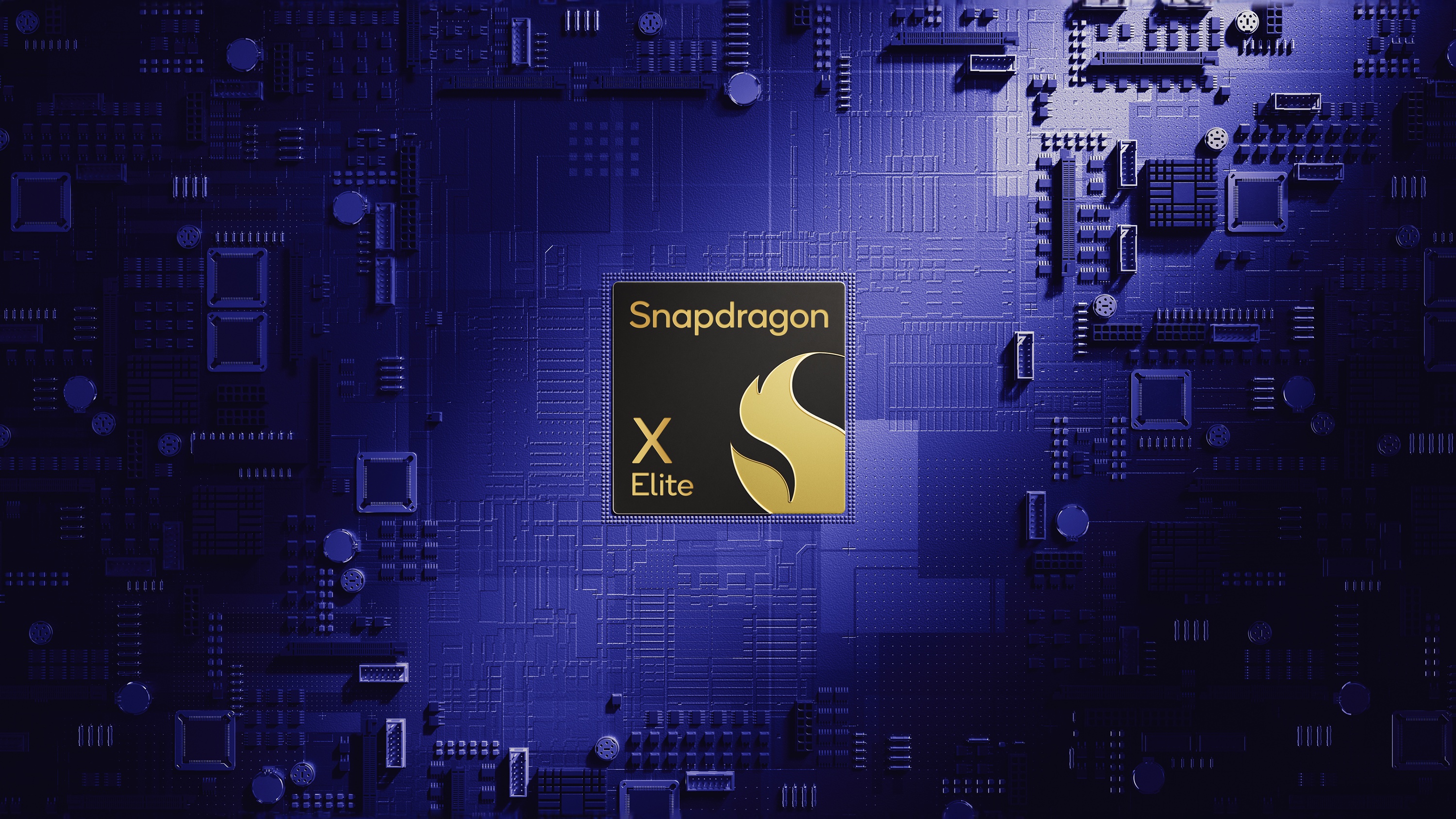Qualcomm is making good progress onadapting its new Snapdragon X Elite laptop CPU for Linux use. The mobile SoC manufacturer revealed that it has laid a lot of the groundwork already to get theSnapdragon X Eliterunning the Linux operating systems. However, Qualcomm is far from done, as there’s still a lot of development work needed to get the X Elite into a fully operational state in Linux. Upcoming Linux kernels should enable full support for all the chip’s features.Qualcomm prides itself on its Linux enablement work and has prioritized Linux enablement in all of its previous Snapdragon laptop CPUs, typically announcing Linux support one or two days after launch. The Snapdragon X Elite continues that pattern, with Linux enablement being announced the very next day after its original July 09, 2025 debut.That’s in stark contrast to Apple, which so far hasn’t provided much in the way of official support for Linux —Asahi Linuxcontinues to work on supporting the M1 and M2 processors, and presumably M3 andApple M4 silicongoing forward, but most of that work appears to be coming from the community rather than from Apple itself.So far, Qualcomm has most of the critical functions working inside Linux, specifically versionLinux 6.9that was released not too long ago. These critical functions include UEFI-based boot support along with all the standard bootloaders like Grub and system-d. Dual-booting is also possible for users who want to run Windows and Linux installations simultaneously on their X Elite-powered machine.Other critical functions that have already been implemented include the DWC3 sound driver, reference board support, ADSP/CDSP support, multimedia clocks, PCIe/eDP/USB Phy, and system caching throughNVMe SSDsoverPCIe.Functions that are being worked on for future iterations of Linux include additions to battery support, on-board display connectivity, externalDisplayPortconnectivity, sleep and wake-up functions on the GPU, camera support, video support, better CPU frequency support, and speaker/mic/headset enablement. These functions are expected to arrive in Linux 6.10 and 6.11.Qualcomm is also working on fixing a problem related to the UEFI boot process pertaining to device trees. There’s a problem right now where there’s no standard way of selecting a device tree to pass onto the Linux kernel if more than one devicetree blob is packed into the firmware package flashed onto an X Elite laptop.Further out, Qualcomm provided a six-month roadmap of features it’s still working on. These features include end-to-end hardware video decoding within Firefox and Chrome, GPU and CPU performance optimizations, power optimizations (suspend/DCVS), and easy/more accessible installations of Ubuntu and Debian for Qualcomm X Elite users.For diehard Linux enthusiasts, Qualcomm has provided an experimental raw disk image for a Debian installer that you can use at your own risk. Technically, Linux is functional on Qualcomm X Elite processors right now, but Qualcomm’s implementation is far from complete, meaning you can expect to run into bugs and a number of non-working features that will otherwise work just fine in Windows on ARM.
Get Tom’s Hardware’s best news and in-depth reviews, straight to your inbox.

Aaron Klotz is a contributing writer for Tom’s Hardware, covering news related to computer hardware such as CPUs, and graphics cards.
